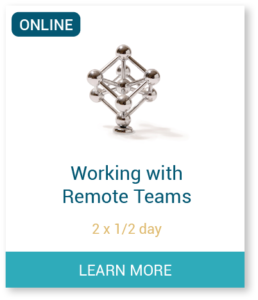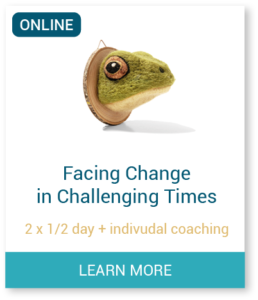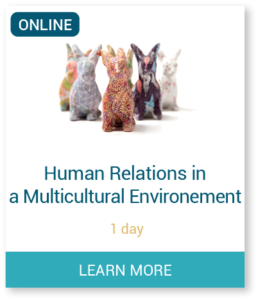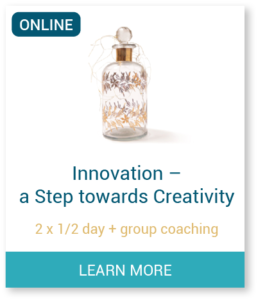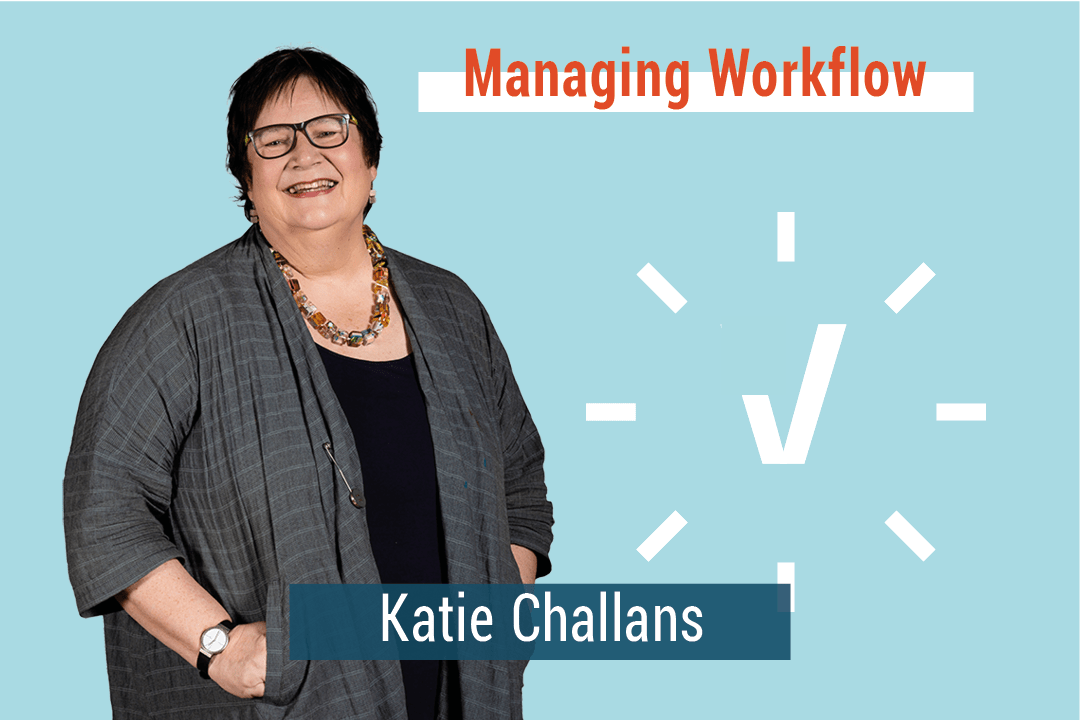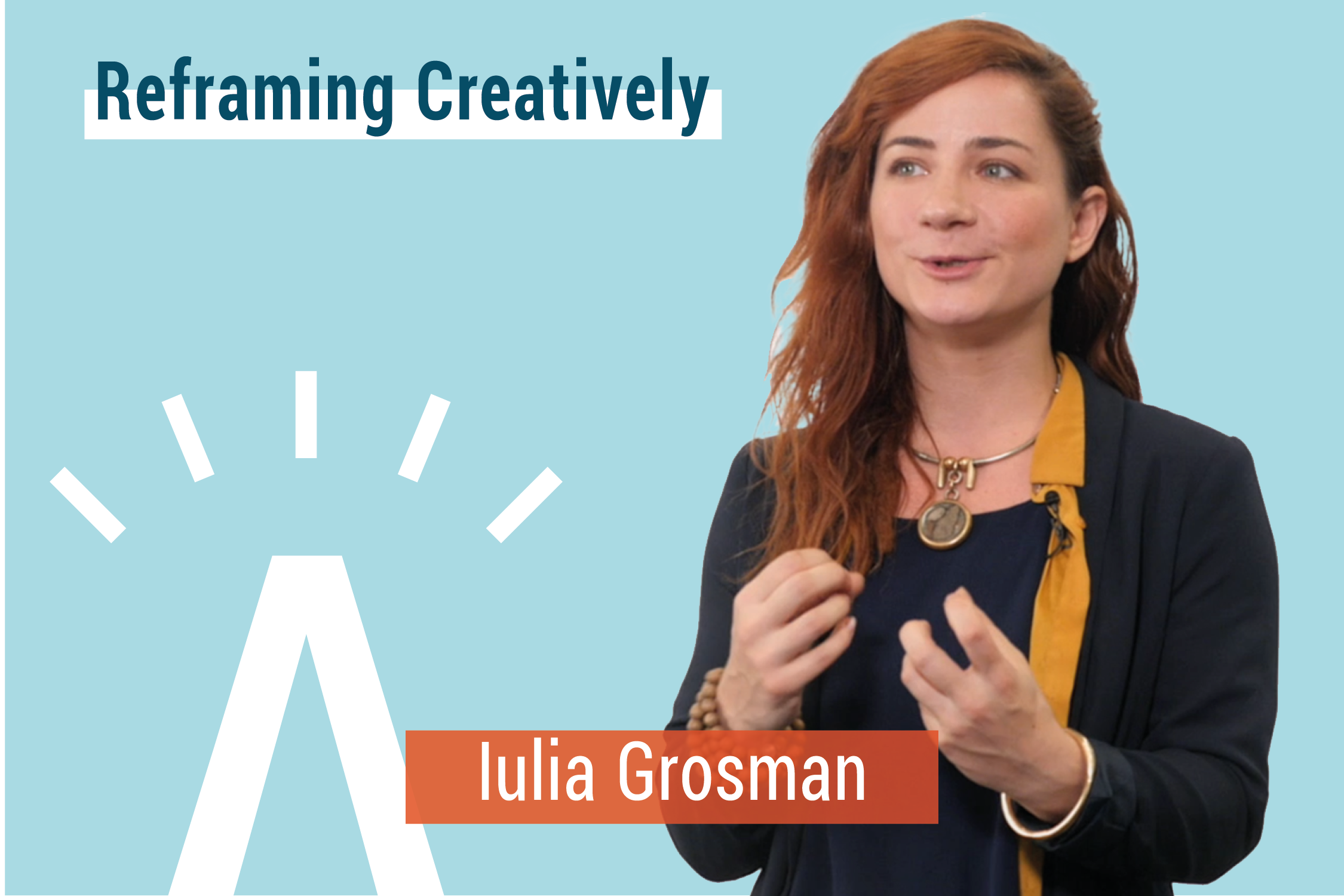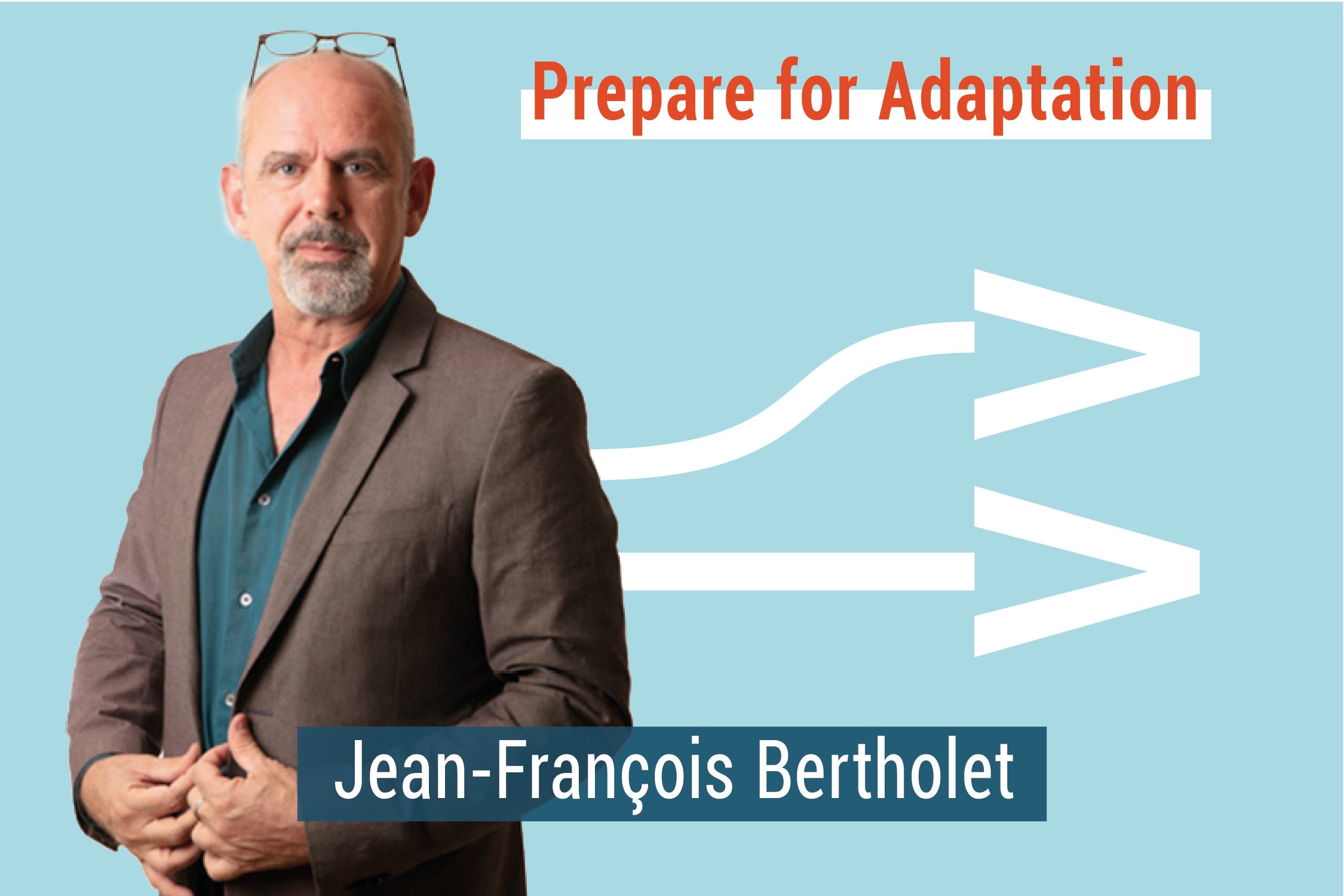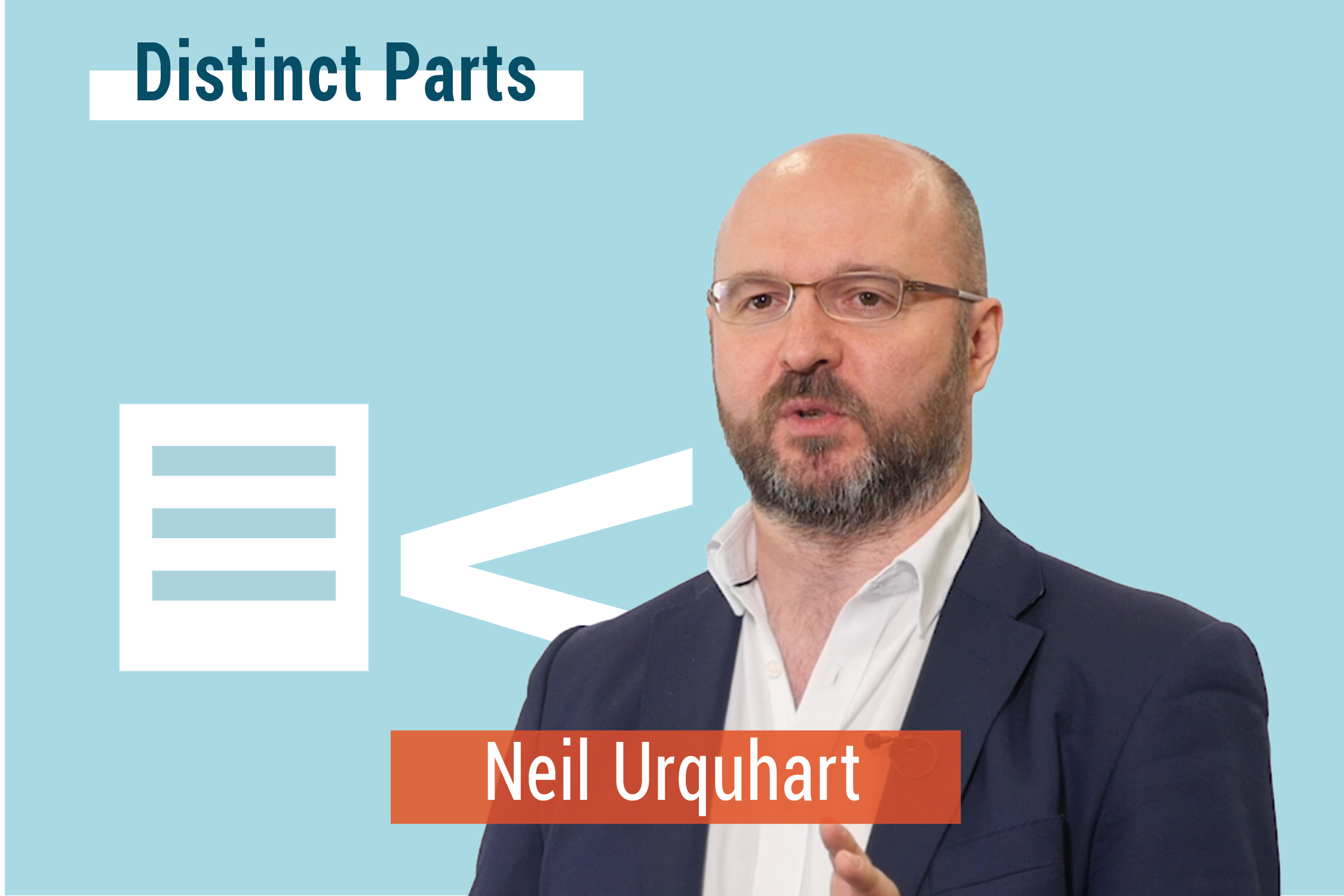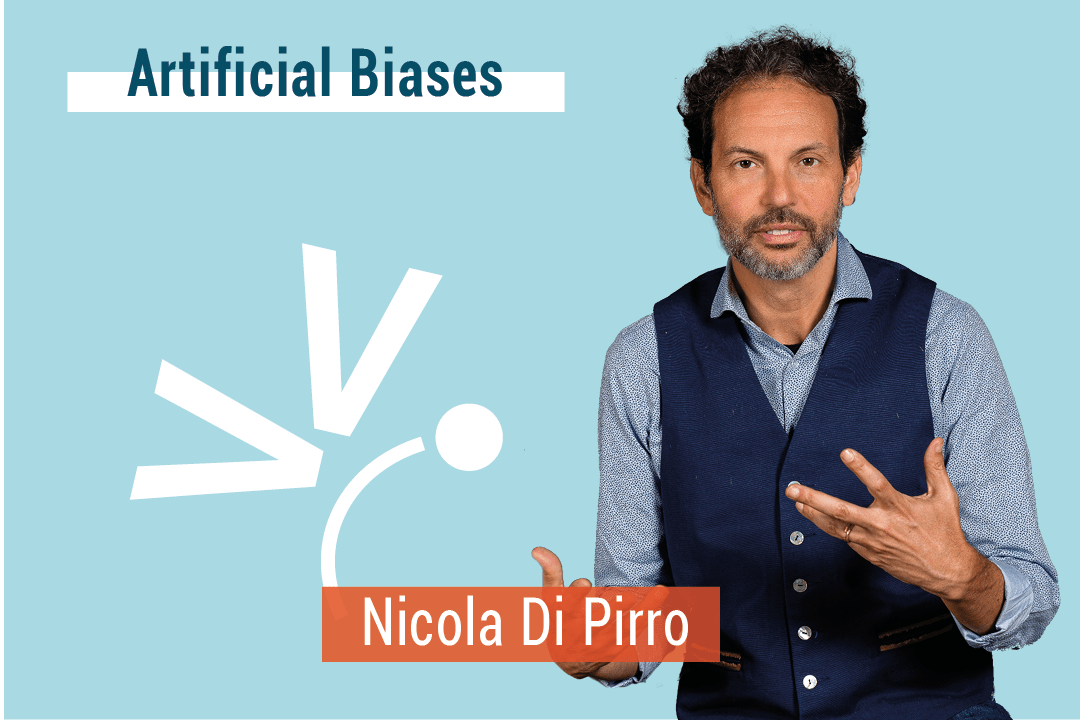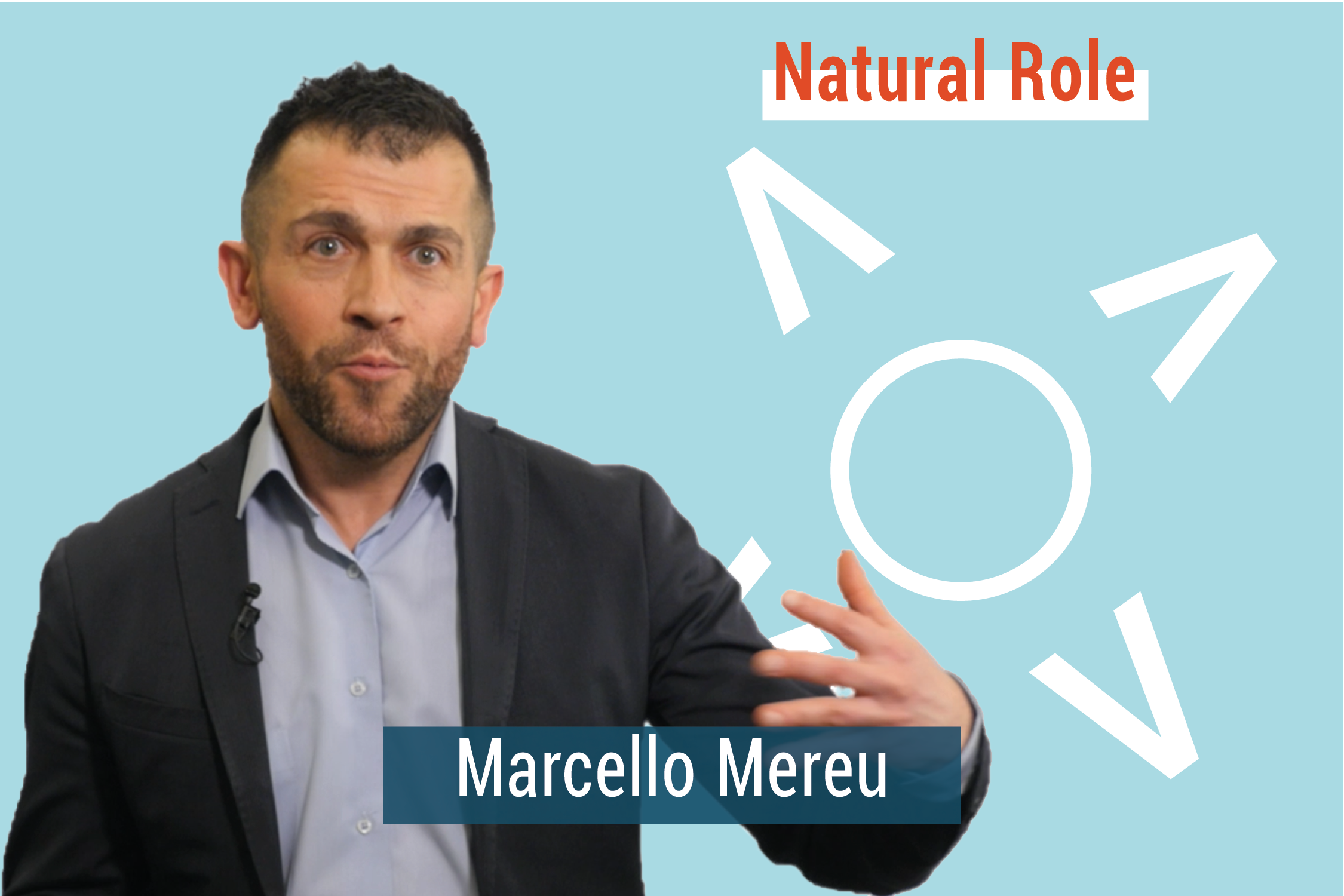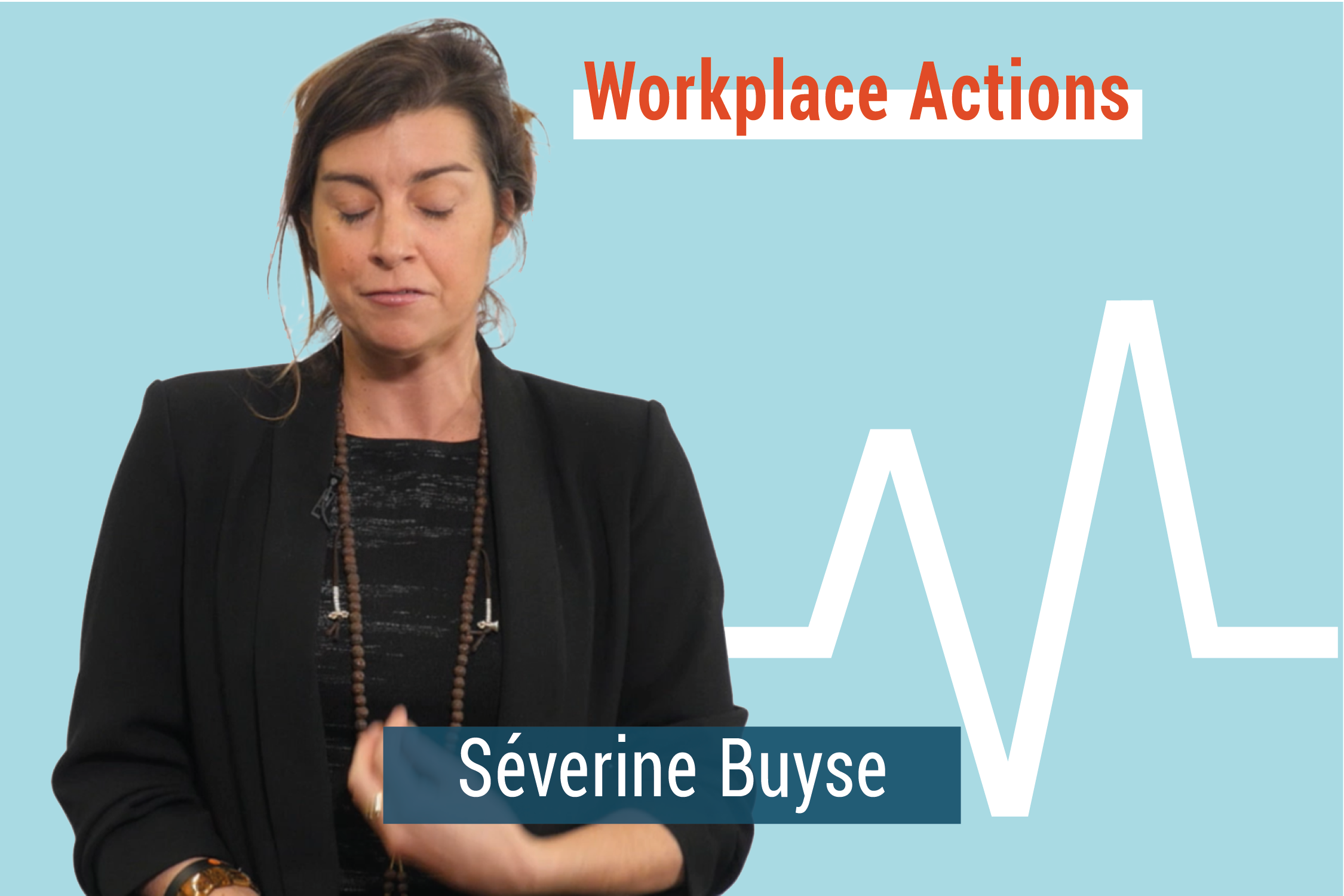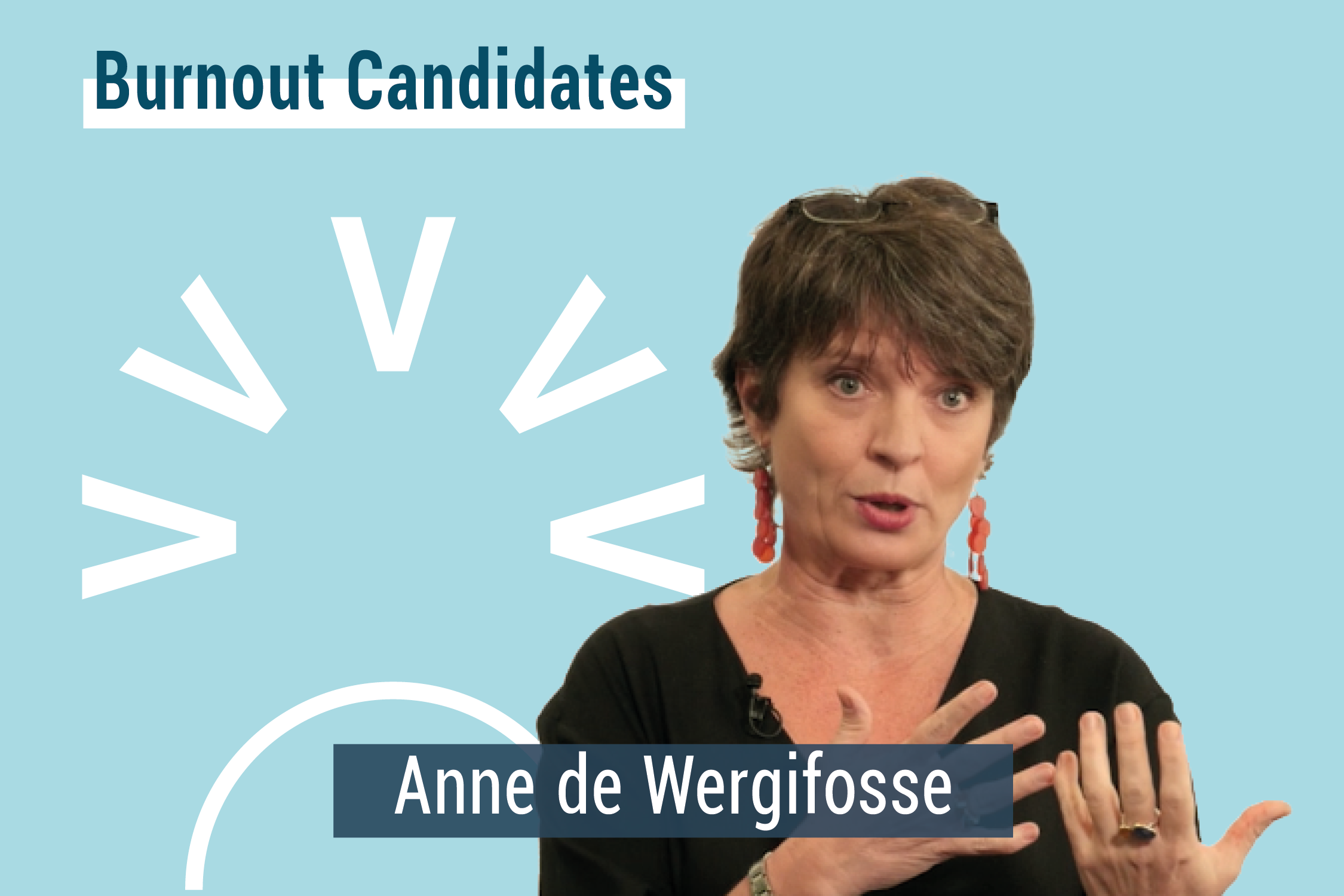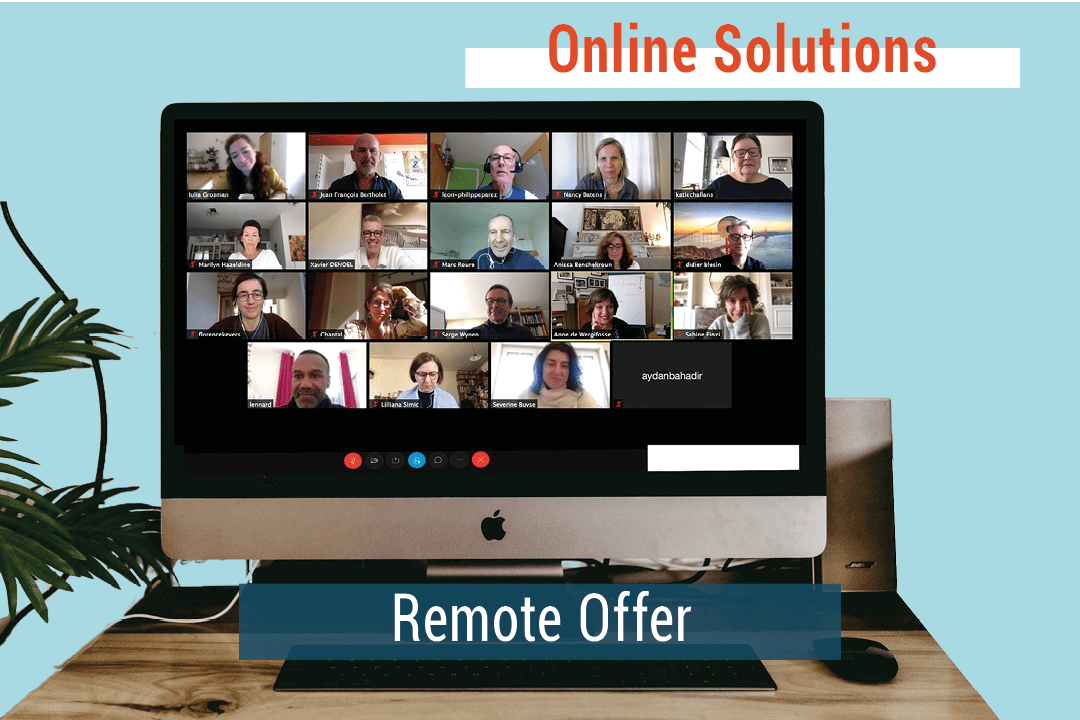
How are you learning in times of social distancing?
COVID has changed a lot of things, and training is by no means an exception. It is tempting to think that without face-to-face training, your life-long learning process may have come to a grinding halt.
With Resilience of our team of designers, we present the new online training courses offer available to all EU Institutions and agencies through the Key Skills Framework Contract. However, in times of uncertainty and crisis, making sure you are the best you can, both personally and professionally, is more important than ever.
The importance of key competences development
We are therefore happy to say that more than 25 online courses are available for EU staff under the inter-institutional Key Skills Contract – in English and French! (N° EPSO/EUSA/PO/2016/0)*
New Online training courses offer
Our training courses cover the EPSO Competencies across the board. Examples of this include Career Management, Effective Communication, Organisational Development, Personal Competencies, Team Work and Well-being at Work.
How does a Key Skills Online Training work
Creating Connections.
A training is more than just an instruction video. All our online sessions are interactive, live and in real-time on a videoconferencing platform.
Sharing & Learning.
Learning happens through sharing. Our experienced trainers engage participants both in hands-on plenary sessions and in safe and confidential subgroups.
Civil Servant Needs.
Our sessions are tailored towards current issues faced by EU Staff such as working remotely or hybrid.
How are our online courses delivered?
Which platform? We adapt to your needs. Microsoft Teams, Zoom, Webex… Sky is the limit! We can help you to choose the right platform for your organisation.
Audience size? The preferred size of our trainings is 8 to 12 participants. That way we can guarantee high quality interaction and individual attention. For larger groups we can support you by working with multiple trainers or co-facilitators.
Is it still fun? Our materials and set-up have been specifically designed to provide you with the same full-embodied emotional experience you already know from us. Going digital is like a tool to use to your advantage, not a goal in and out of itself?
Specific wishes? Are you facing a specific issue? We are more than happy to provide you with a tailor-made solution. Any of our topics can be transformed into a digital training, individual coaching, or group coaching.
How to access this offer?
Of course, the new online training courses offer is available EU Institutions and agencies through the Key Skills Framework Contract. You can contact directly AIM & Associés Team or the European School of administration or register individually via the EULearn Platform.
